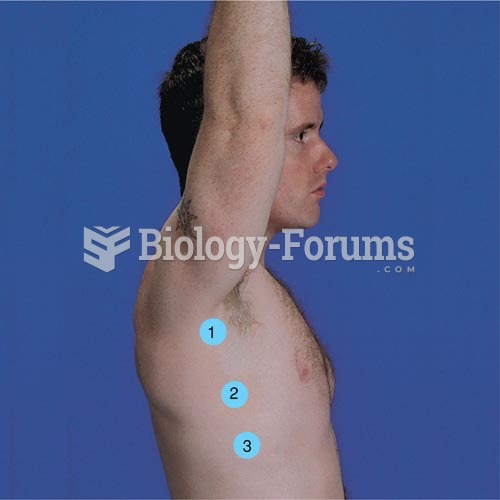This topic contains a solution. Click here to go to the answer
|
|
|
Did you know?
In the United States, congenital cytomegalovirus causes one child to become disabled almost every hour. CMV is the leading preventable viral cause of development disability in newborns. These disabilities include hearing or vision loss, and cerebral palsy.
Did you know?
In 1864, the first barbiturate (barbituric acid) was synthesized.
Did you know?
Cucumber slices relieve headaches by tightening blood vessels, reducing blood flow to the area, and relieving pressure.
Did you know?
Cyanide works by making the human body unable to use oxygen.
Did you know?
Most childhood vaccines are 90–99% effective in preventing disease. Side effects are rarely serious.







